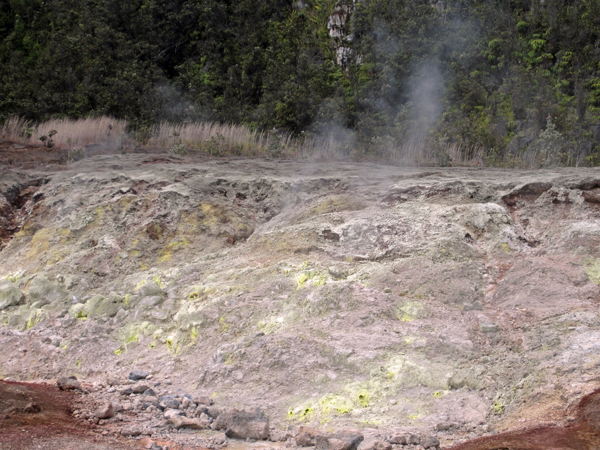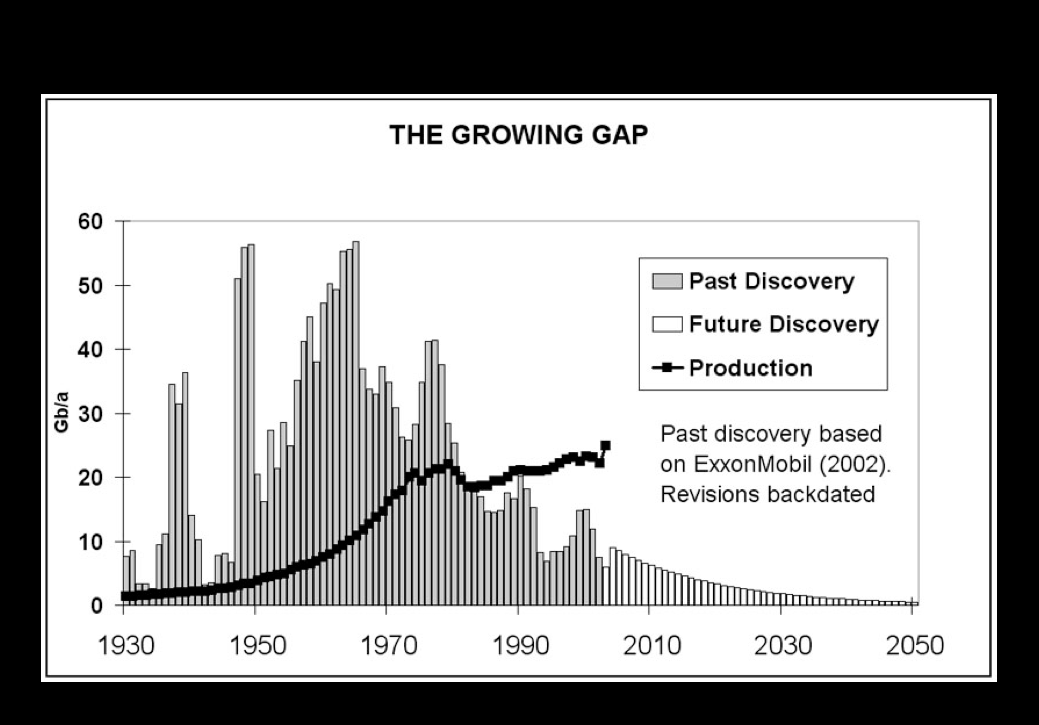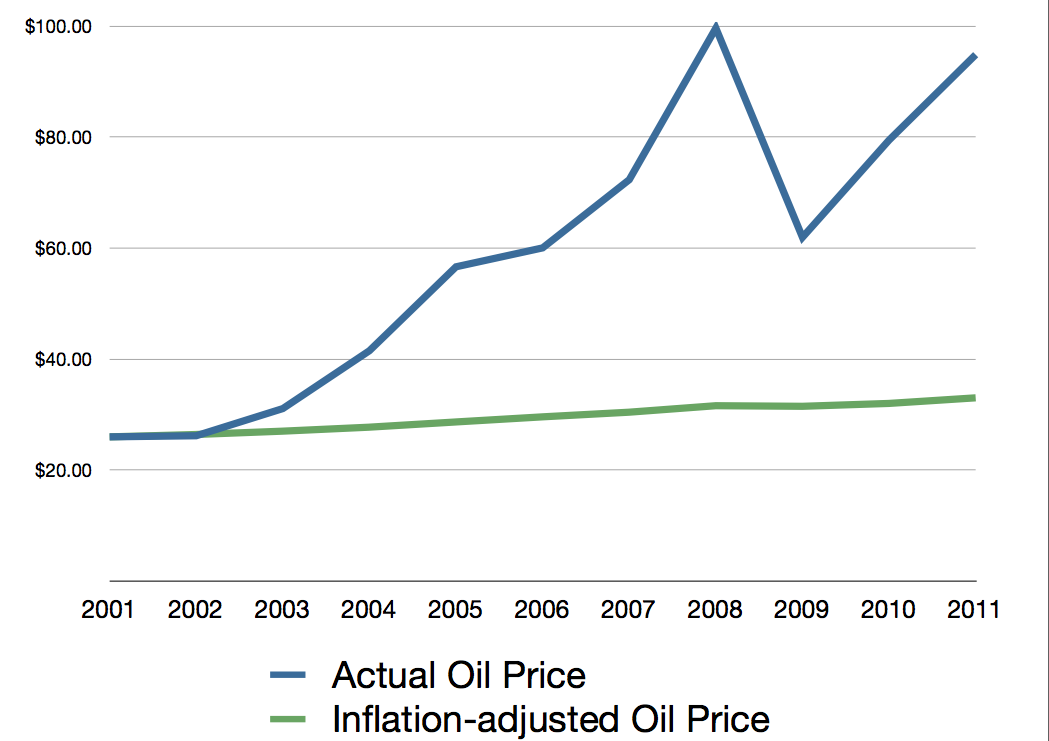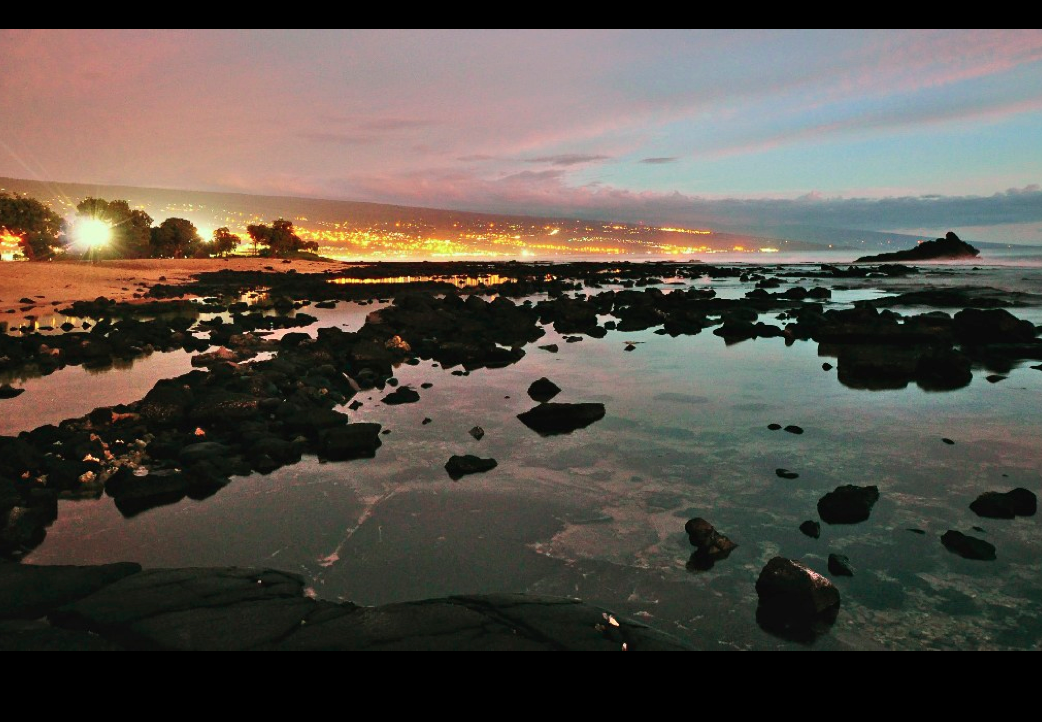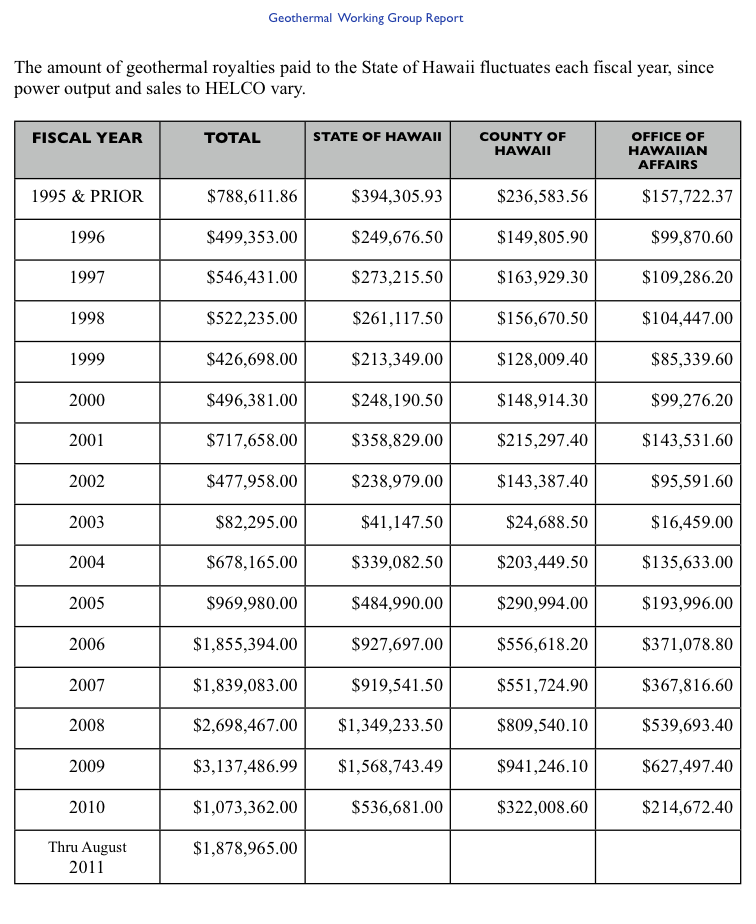Richard Ha writes:
OHA is contemplating investing in geothermal. I am in favor of that, for the reasons that I mention below.
I sent the following testimony to OHA:
***
Subject: OHA testimony re: Huena Power Co/IDG
April 17, 2013
Office of Hawaiian Affairs
711 Kapiolani St.
Honolulu, HI 96813
Aloha Chair Machado and Board members of OHA:
The Geothermal working group report, which Wallace Ishibashi and I co-chaired, recommended that geothermal be the primary base power for the Big Island. OHA was represented on the working group by trustee Robert Lindsey.
I believe that OHA should participate in geothermal development because it is an income source for OHA to provide services to the Hawaiian people. And it can influence the course of our people’s history.
Geothermal-generated electricity is proven technology, affordable and environmentally benign. The Big Island is expected to be over the “hot spot” for 500,000 to a million years so its price is expected to be stable.
The Pahoa School Complex in Puna, at 89%, has the highest number of students in the State who participate in the free/reduced school lunch program. Participation is related to family income. The Big Island has had electricity rates 25% higher than O‘ahu’s for as long as anyone can remember. So a large portion of the school budget, that should go to education, goes instead to pay for electricity. Yet the best predictor of family income is education. A lower electricity rate, generated by geothermal, will have a direct effect on education. And if OHA, through its influence, emphasizes education in the community, there will be even more positive results.
Rising electricity rates act like a giant regressive tax. The folks on the lowest rungs of the economic ladder are affected disproportionately. Those who can leave the grid, leave. Those who cannot leave end up paying more for the grid. Too often those folks will be Hawaiians.
Hawaiians should be able to live in their own land. Yet there are more Hawaiians living outside of the State, because they needed to move elsewhere to find jobs to raise their families. Exporting our children is the same as losing our land. OHA is in a position to drive the agenda so Hawaiians can afford to live at home.
During the development of the Geothermal Working Group report, Rockne Freitas arranged a meeting with Carl Bonham, Executive Director of the University of Hawai‘i Economic Research Organization (UHERO), and some staff.
I asked Dr. Bonham two key questions: “Is it fair to say that if the Big Island were to rely on geothermal energy for its primary base power as oil prices rises, shouldn’t we become more competitive to the rest of the world?” He said that was fair to say.
I asked: “Then is it fair to say that our standard of living would rise?” He said: “Yes.”
I am a farmer on the Hamakua coast with family ties — Kamahele — in lower Puna. I farmed bananas at Koa‘e in the late 70s and early 80s. I have been to five Association for the Study of Peak Oil (ASPO) conferences. I went to learn and to position my business for the future. I found that the world has been using two and three times the amount of oil than it has been finding for more than 30 years and that trend continues. The price of oil has quadrupled in the last 10 years.
Until the first ASPO conference, I was just minding my own business, being a banana farmer. But what I learned became my kuleana. I did not ask for it.
Until last year, when Kamehameha Schools sent Giorgio Calderone and Jason Jeremiah and Noe Kalipi went to the conference, I was the only person from Hawai‘i to attend. The subjects were always data driven and conclusions could be duplicated.
We have the resources here to dodge the bullet. We need to drive a clear agenda for the benefit of all the people, not just a few.
One of the controversial issues in the Puna district is H2S gas. I went to Iceland and sat in the Blue Lagoon, where a geothermal plant within a quarter mile emits geothermal steam into the atmosphere. Millions of tourists visit the Blue Lagoon for health purposes.
There are small geothermal wells within the city that are used to heat the residences and businesses. If you did not know what to look for, you wouldn’t even know they were there. I walked by and touched the walls.
A long term study of the effects of H2S on people who suffer from asthma was just completed. It was done in Rotorua. They found no correlation of asthma to daily ambient H2S levels of 20,000 parts per billion over a three-year period. The study indicated that there might be a beneficial effect because it relaxes the smooth muscles. See link above.
The human nose can detect levels of H2S at incredibly low levels: 5 parts per billion. The Department of Health requires reporting when levels exceed 25 parts per billion. The Rotorua study was done for three years at average levels that were 20,000 parts per billion. OSHA allows geothermal plant workers to work in a 10,000 parts per billion environment for 8 hours per day without a mask.
Wallace Ishibashi and I went to the Philippines with the delegation that Mayor Kenoi put together. We visited a geothermal plant that sat on a volcano that last erupted 100,000 years ago. Mauna Kea last erupted 4,000 years ago. We may have more resources than we know.
The Phillipines and Hawai‘i started geothermal exploration at the same time. They now have in excess of 1,200MW, while we have 38MW. We are so far behind them, a supposedly Third World country, that it is embarrassing.
OHA is in a unique position to be able to influence the future. It is as if we are getting ready to duplicate that first voyage from the south so many years ago. It’s not whether or not we are going. It’s who should go, and what should we put in the canoes? Mai‘a maoli? Popoulu? What else?
Richard Ha
President, Mauna Kea Banana Company
I am a member of the Hawaii Clean Energy Steering Committee, Board of Agriculture and farmer for 35 years.

